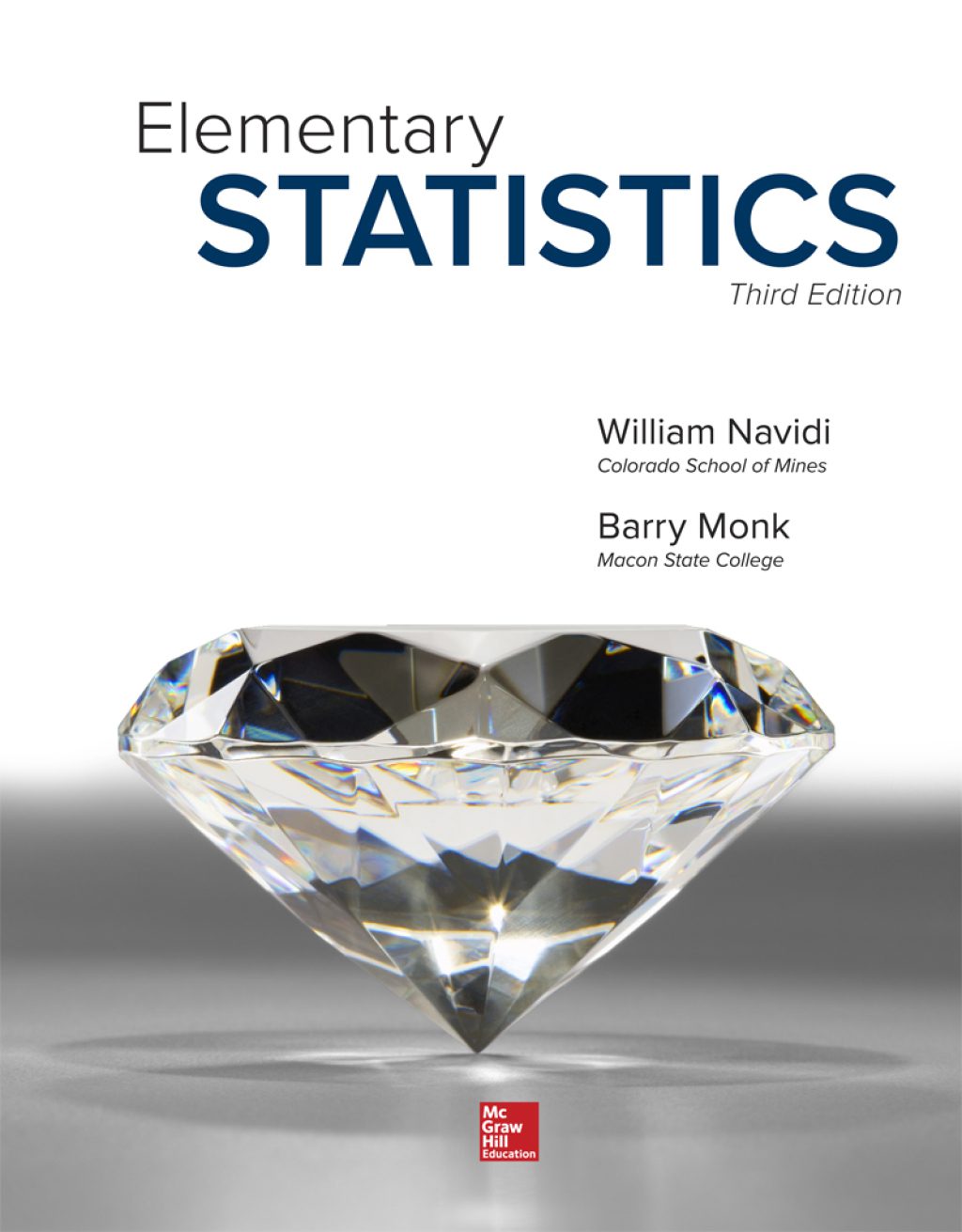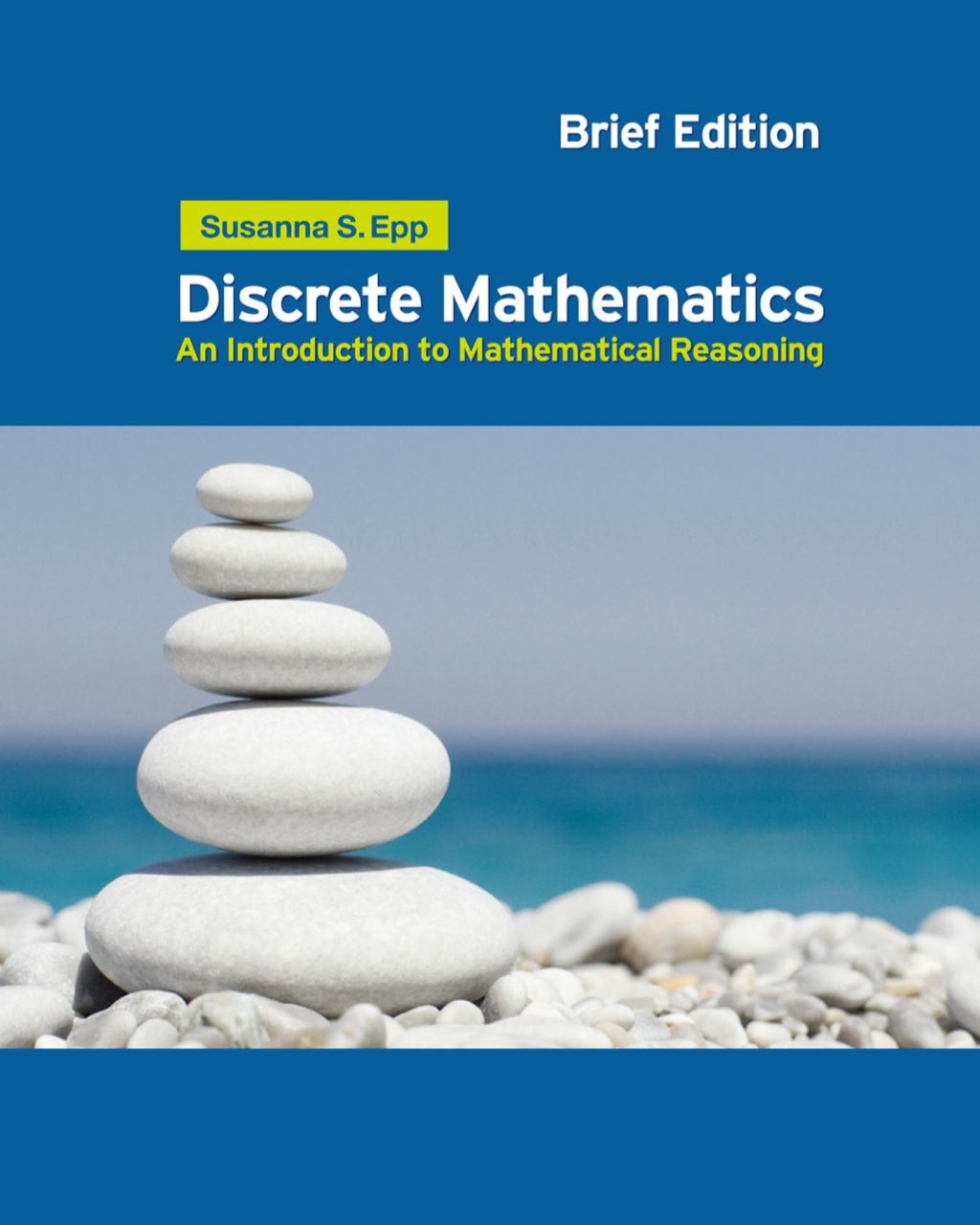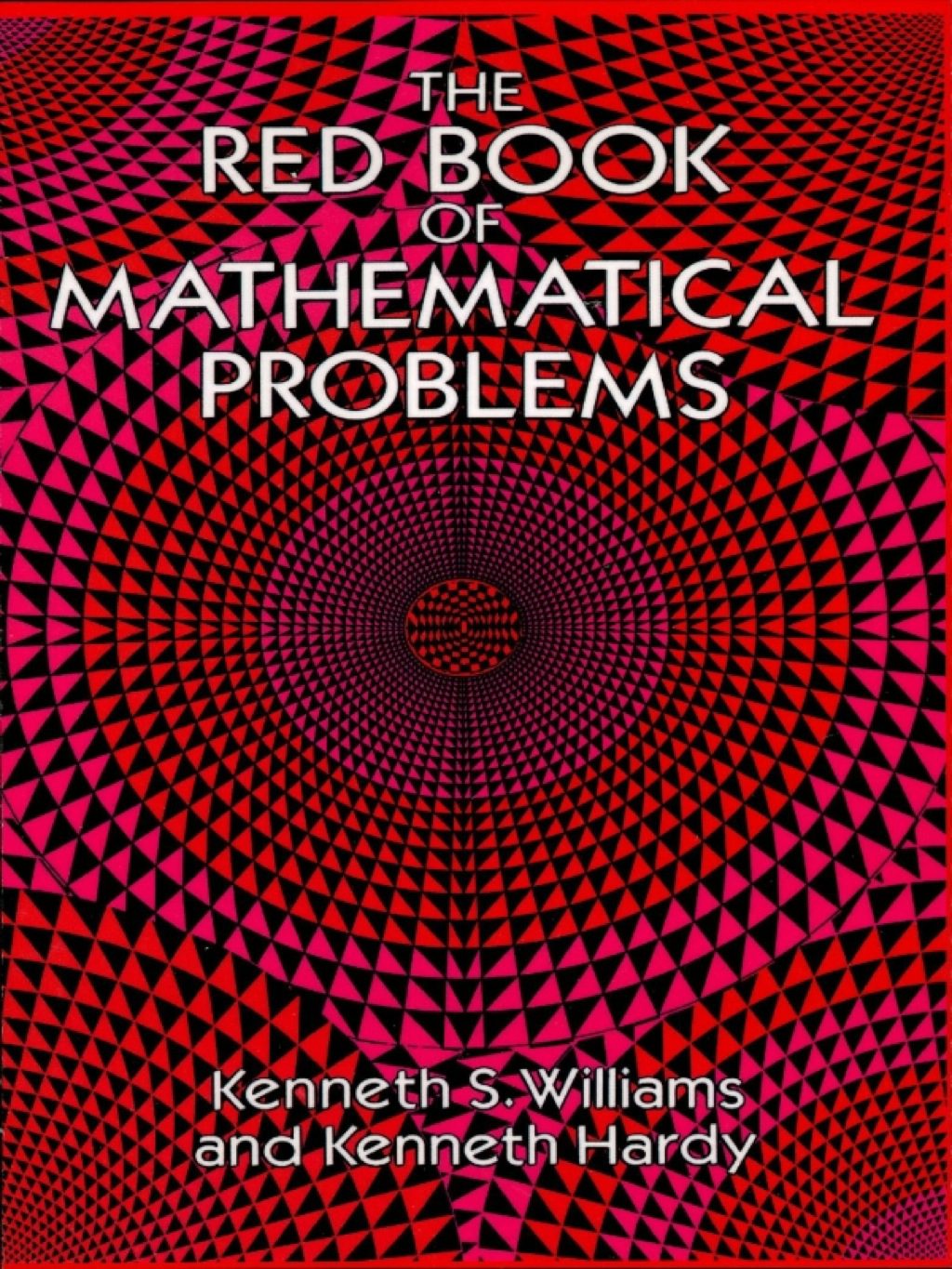P. Ciarlini, M. G. Cox, F. Pavese, G. B. Rossi9789812389046, 981-238-904-0
Table of contents :
Contents……Page 8
Foreword……Page 6
2. Calibration Artefacts for CMMs……Page 12
3. Modeling Artefact for Global Calibration of CMMs……Page 16
4. Self-calibration of the Artefact……Page 18
5. Simulating Calibration Artefact……Page 19
6. Reference Values for CMM Calibration – Uncertainty Propagation……Page 24
7. Conclusions……Page 25
References……Page 26
1. Introduction……Page 27
2. Principle of the approach……Page 28
3. Example: Explosion limit determination……Page 30
References……Page 34
1. Introduction……Page 35
2. The three-step method for scratch removal……Page 37
3. Calibration of the tests for feature recognition……Page 39
4. The metrological case-study in nanotechnology……Page 42
Appendix A…….Page 44
References……Page 47
1. Introduction……Page 48
2. Least squares analysis……Page 49
2.3. Example applications……Page 51
3. Adjustment procedures……Page 52
3.1. One-parameter adjustment……Page 53
3.2. Maximum likelihood approaches to adjustment……Page 54
3.3. Algorithms for diagonal uncertainty matrices……Page 55
3.4. Algorithms for general uncertainty matrices……Page 56
4.2. Simple adjustment model……Page 58
References……Page 62
1.1. Measurement process……Page 63
1.2. Experimental considerations……Page 65
2.1. Straight-line model……Page 68
2.2. Multiplicative model……Page 69
3. Numerical methods……Page 70
4.3. Use of the calibration curves……Page 72
5.1. Five minor gas components (26 standards)……Page 73
6.1. Higher-order models……Page 74
6.2. Other uncertainty structures……Page 76
References……Page 77
1. Introduction……Page 78
2. Asymptotic least squares……Page 80
3.1. Nonlinear least squares optimization……Page 82
3.3. Maximum likelihood approaches……Page 84
4. Example: polynomial approximation……Page 85
5. Example: approximation with radial basis functions……Page 88
6. Example: assessment of aspheric surfaces……Page 89
7. Concluding remarks……Page 91
References……Page 92
1. Introduction……Page 93
2. Calibration process……Page 95
2.1. Modelling of the acquisition system……Page 96
2.3. Modelling in relation with the laser plane……Page 98
2.4. Expression of the global transfer function of calibration……Page 99
3. Identification of calibration parameters……Page 100
4. Calibration process using a specific artefact: the facet sphere……Page 102
5. Uncertainty linked to the calibration method……Page 104
6. Conclusion……Page 106
References……Page 107
1. The place of Statistics……Page 109
2. Issues in Metrology……Page 110
2.2. Usual assumptions and robustness……Page 111
2.3. p values……Page 112
2.4. Intervals……Page 113
2.6. Metrology and Testing……Page 114
3. Resources: standardization committees……Page 115
References……Page 116
1 Introduction……Page 117
2.1 The probabilistic reference model……Page 119
2.2 The mainstream-GUM model……Page 121
2.3 A stochastic observation scheme……Page 122
3.1 General features of the package……Page 123
3.2 Levels A through C……Page 124
3.3 Level D……Page 125
3.4 Software quality assurance……Page 127
4.2 Repeated observations……Page 129
4.3 Measuring device with hysteresis……Page 130
6 Acknowledgments……Page 131
References……Page 132
1. Introduction……Page 133
2.1. The t-distribution approach……Page 134
2.2. The Bootstrap approach……Page 135
3. Computational tools for a systematic comparison……Page 137
3.1. “Brute force” and total bootstrap……Page 138
3.2. Total bootstrap and the median……Page 140
3.3. The bootstrap approach and discretely represented distributions……Page 143
4. Systematic comparison of t-distribution and bootstrap approach……Page 144
5. Summary and Conclusions……Page 146
References……Page 147
1. Introduction……Page 148
2. Interpolation and Near-Interpolation Operators……Page 150
3. Basic Procedure……Page 152
4. Special Devices……Page 154
5. Some Tests and a Practical Application……Page 156
6. Conclusion……Page 158
References……Page 159
1. Introduction……Page 160
2. Experimental study……Page 161
3.1. SCB definition……Page 165
3.2. Explanation of the results using the SCB concept……Page 167
4. Conclusion……Page 168
References……Page 169
1. Introduction……Page 170
2. The calibration of a measuring instrument……Page 171
3. Using the calibrated instrument……Page 173
4. The linear case……Page 177
5. Higher-order fits……Page 178
References……Page 179
1. Introduction……Page 181
2.1. Nonlinear least squares approximation……Page 182
2.3. Maximum likelihood estimation and numerical optimization……Page 183
3.2. Advantages……Page 184
4.1. Description……Page 185
5. Program differentiation techniques……Page 186
5.1. Advantages……Page 187
6.2. Uncertainty in interferometric length measurements……Page 188
Acknowledgements……Page 189
References……Page 190
1. Introduction……Page 191
2.1. Estimation of the criterion power……Page 193
2.2. The choice of a number of the repeated observations……Page 194
2.3. Testing the systematic differences between measurement results……Page 195
2.4. The way of the handling systematic biases in measurement result……Page 196
2.5. Has the original values to be retained or the measurement uncertainty has to be increased in accordance with the test results?……Page 197
3. Example B. Testing the hypothesis about the model between variables……Page 198
References……Page 199
1. Introduction……Page 200
2. The principle of subdivision and multiplication……Page 201
3. The real measurement model……Page 202
4. The general least squares solution……Page 203
5. DFM Calibration of Weights……Page 204
6. Validation of DFM Calibration of Weights……Page 205
References……Page 209
1. Introduction……Page 210
2.2. Decomposing the measurement function……Page 211
2.3. Standard uncertainty and components of uncertainty……Page 212
2.4. Decomposition of the uncertainty components……Page 213
3.1. The requirements of a module interface……Page 214
3.3. Applying the pattern……Page 215
4. Discussion and Conclusions……Page 217
Acknowledgements……Page 218
References……Page 219
1. Introduction……Page 220
1.1. Assessed problem……Page 221
2. Structural Change Model……Page 222
2.1. Parametric hypotheses testing……Page 223
2.2. Structural change hypotheses testing: the known change point case……Page 224
2.3. Structural change hypotheses testing: the unknown change point case……Page 225
3. Application to phase transition identification in cryogenic thermometry……Page 226
3.1. On-line change detection……Page 227
References……Page 229
1. Introduction……Page 230
2.1. Application of the MAXENT to a measurement model……Page 232
2.2. Application of the MINCENT to a measurement model……Page 234
Example: The repeated measurements……Page 238
References……Page 239
1. Introduction……Page 240
2. Mathematical model for the atomic clock error……Page 241
3. The survival probability and infinitesimal generator……Page 242
3.1. Examples……Page 244
4.1. Application to the Brownian motion……Page 245
4.2. Application to the integrated Brownian motion……Page 246
5. Applications to the atomic clock error……Page 248
References……Page 249
1. Introduction……Page 251
2. Data in Series……Page 252
b) Single standard……Page 253
2.3. Several data series for a single random variable……Page 254
3. Compound-modelling of Data Series in Regression……Page 255
4. Compound Probability-Distribution Models for Single-Standard Data Series……Page 257
4.1. Evaluation of a KC uncertainty……Page 258
4.2.2 The RV with an associated uncertainty……Page 259
5. Conclusions……Page 260
References……Page 261
1. Introduction……Page 262
2. Problem statement……Page 264
3. The convexity funnel algorithm……Page 267
4. Numerical results……Page 270
5. Conclusions……Page 273
References……Page 274
1. Introduction……Page 275
3. Monte Carlo Calculations……Page 276
3.1. Random Number Generation……Page 277
4.1. Key Comparison Data Set……Page 278
4.2. Monte Carlo Results……Page 279
5. Advantages of the Monte Carlo Approach……Page 280
5.3. Other Candidate Reference Values……Page 281
6. All-pairs Difference Distribution……Page 283
References……Page 284
1. Introduction……Page 285
2. The three-voltage method……Page 286
3.2. Bootstrap resampling……Page 287
4. Results……Page 288
References……Page 289
Bayesian Approach to Quantum State Tomography S. Castelletto, I. P. Degiovanni, M. L. Rastello and I. Ruo Berchera……Page 290
References……Page 292
1. Introduction……Page 293
2. Simulation: orthodox theory and its application……Page 294
References……Page 295
1. Introduction……Page 296
2. Procedures for method validation……Page 297
3.2 Example of validation of calibration results of a comparison of two thermometric tin fured point cells…….Page 298
3.3 Criteria for dealing with outlying measurements……Page 301
References……Page 302
1. Introduction……Page 304
2. Comparison of LS Evaluations with Real Thermal Data Series……Page 305
3. Comparison of LS Evaluations with Simulated Data……Page 307
References……Page 308
1.1. Parameter extrapolation……Page 310
1.3. Random phase exclusion……Page 311
References……Page 312
1. The Challenge……Page 313
2. Equation of measurement……Page 314
3. Combined uncertainty……Page 315
4. Budget of uncertainties……Page 317
5.3 Convolution method……Page 318
References……Page 319
2. The method of uncertainty calculation……Page 320
3. The results……Page 322
4. Conclusions……Page 323
References……Page 324
1 Introduction……Page 325
2 The hybrid method……Page 326
References……Page 327
1. Introduction……Page 329
2. The proposed reference functions……Page 330
3. Application of the reference functions to actual calibration data……Page 331
4. Conclusions……Page 332
5. References……Page 333
1. Introduction……Page 334
2. The procedure……Page 335
References……Page 337
1. Introduction……Page 338
2. Gain stabilisation method……Page 339
References……Page 340
1. Introduction……Page 341
2.2. Split-plot design……Page 342
References……Page 343
1. Introduction……Page 344
2. Analysis Procedure……Page 345
3. Numerical Results……Page 346
References……Page 347
2. Moments and cumulants……Page 348
4. Finding the moments of the output……Page 349
7. Comparison of speed of computation……Page 351
References……Page 352
2. Content……Page 353
4. Lessons learned……Page 354
References……Page 355
2. Requirements and validation……Page 356
3. Objective of the European Network “MID-Software”……Page 357
4. Definition of requirements……Page 358
References……Page 359
Author Index……Page 360







Reviews
There are no reviews yet.